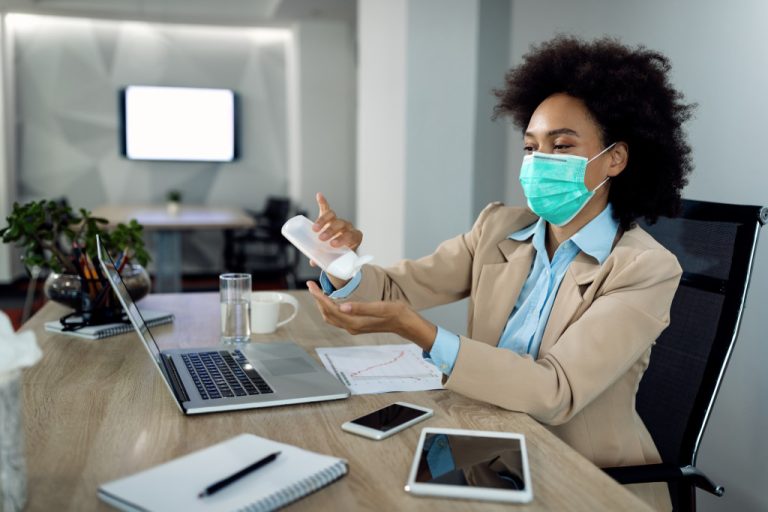Life before the pandemic no longer exists.
Experts have been working on ending the current public global health crisis that has upended all facets of society and would eventually return to normal. However, the past year has been a rude awakening. Just when the United States and many parts of the world were recovering from the devastation caused by COVID-19, a more contagious variant started spreading. Once again, cases are rising despite vaccination efforts. The end of the pandemic is far from sight.
Almost two years of living with the threat of the virus have altered how people live. As they say, there is a new normal born out of surviving a global public health crisis. Many habits and routines that people picked up in the past two years will likely remain even after the pandemic.
In the past-COVID world, whenever that might emerge, expect to continue to see the effects of the pandemic on people. It does not matter how long time has passed. There will be remnants of the COVID-19 pandemic in the way people live, just like how the 1918 Spanish Flu pandemic and other major epidemics continue to influence the present in many ways.
Disease Spread Changes the Bathroom
The influenza pandemic of 1918 was deadly. It spread across the world, killing an estimated 50 million people or one-third of the entire human population at the time. It is one of the deadliest pandemics in history. For comparison, COVID-19’s death toll currently stands at over five million people.
The bathrooms have constantly been evolving over the decades. There are design trends that come and go. However, there are also changes that occur as a result of discoveries in public health.

Every major epidemic has had an impact on bathroom designs. Back in the day, there were no dedicated bathrooms. Many upper-class households used chamber pots and outhouses until around the turn of the century. At the time, there was also a belief that sewer gases accelerated the spread of diseases.
Things changed when, around the early 1900s, medical professionals finally convinced the public that sewer systems are actually more hygienic and better at preventing the spread of illness. Because influenza and tuberculosis are killing indiscriminately, bathroom designs have to shift. From wood walls, open plumbing fixtures—which were easier to clean—became the norm. Bathtubs, which were also initially made of wood, became enamel-coated cast-iron to be cleaner and more hygienic.
Diseases have also influenced the shift from wooden floors that harbor dirt, and germs, to linoleum tiles. Linen also replaced heavy fabrics for drapery because they are easier to wash and thin enough to let the natural sunlight stream in. Eventually, white paint replaced wallpapers because of the dangers of arsenic and the unhealthiness of damp material. White, which better reflects light, was the more hygienic option because sunlight is a common disinfectant.
COVID-19 Influence on Bathroom Design
Unsurprisingly, the ongoing pandemic will cause changes in bathroom designs in the future.
Mudrooms are now in demand among home buyers. It is a space that can serve as a decontamination area where residents and their guests can remove their masks, sanitize their hands, and receive contactless delivery packages.
There have also been discussions about switching to sensor taps. Whether public or private, bathrooms are teeming with viruses and bacteria, many of which can cause illnesses. Touching a common-traffic surface, such as the faucet, will spread germs. Sensors enable the tap water to turn on and off automatically when it senses the presence of a person. No one has to touch the faucet.
There is also a greater interest in deep sinks similar to what medical professionals use before an operation. It allows nurses and doctors to scrub their hands clean without fear of water splashing out, creating a puddle on the floor or counter where bacteria can survive and multiply.
People are also concerned about toilet plumes or the droplets and aerosols ejected into the air after flushing. These droplets and aerosols may contain germs that can travel a long distance and can hang in the air for a long time. Plumes increase the risk of disease spread. Ventilation is integral to minimizing toilet plumes.
Moreover, many experts expect silver or copper, materials known to be naturally antimicrobial, to have a resurgence.
The pandemic does not look like it is about to end any time soon. No one knows the lasting impact it will leave on the world. However, based on history, some habits, routines, and design choices might be carried over from the pandemic to the post-pandemic world.


